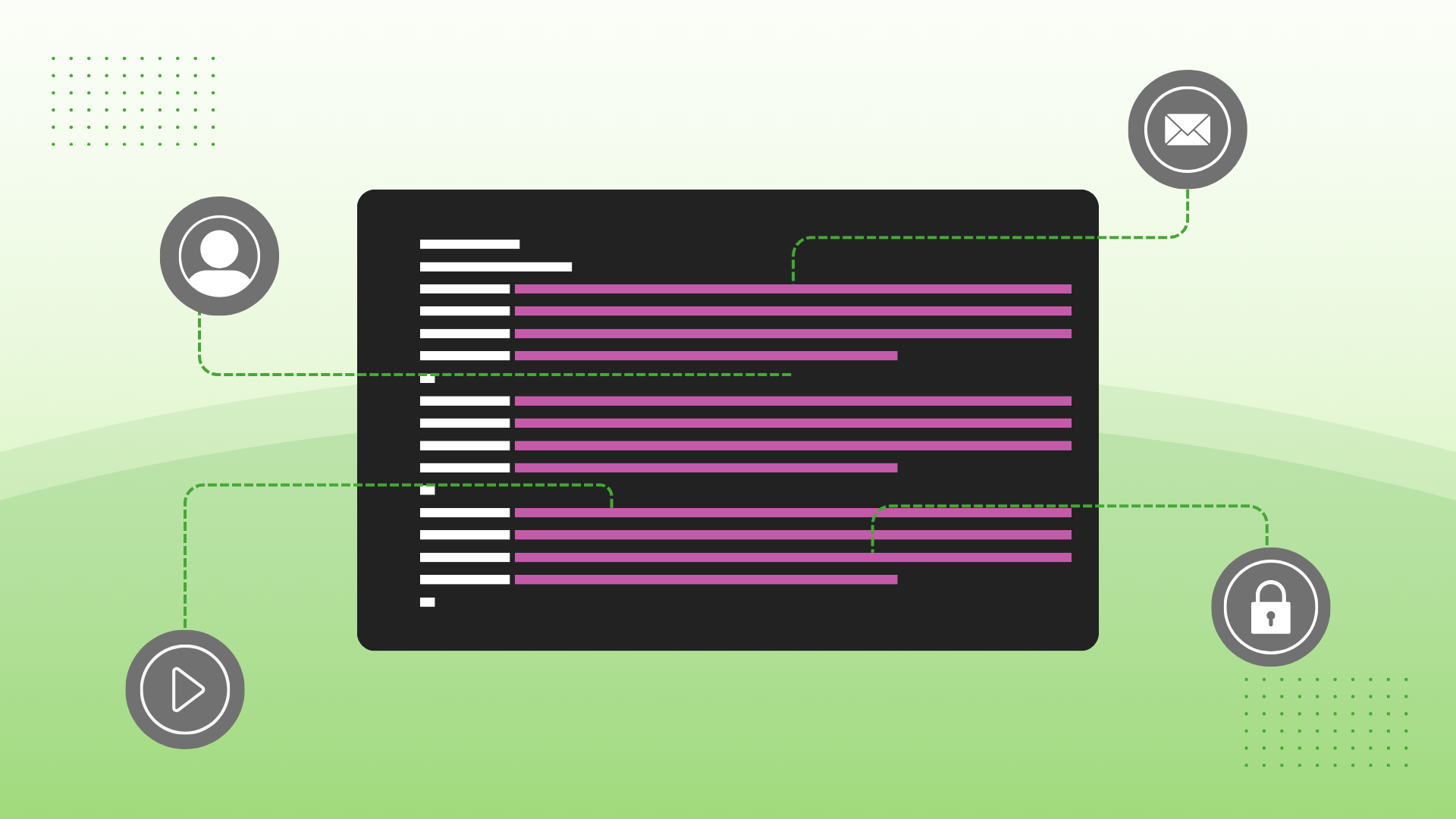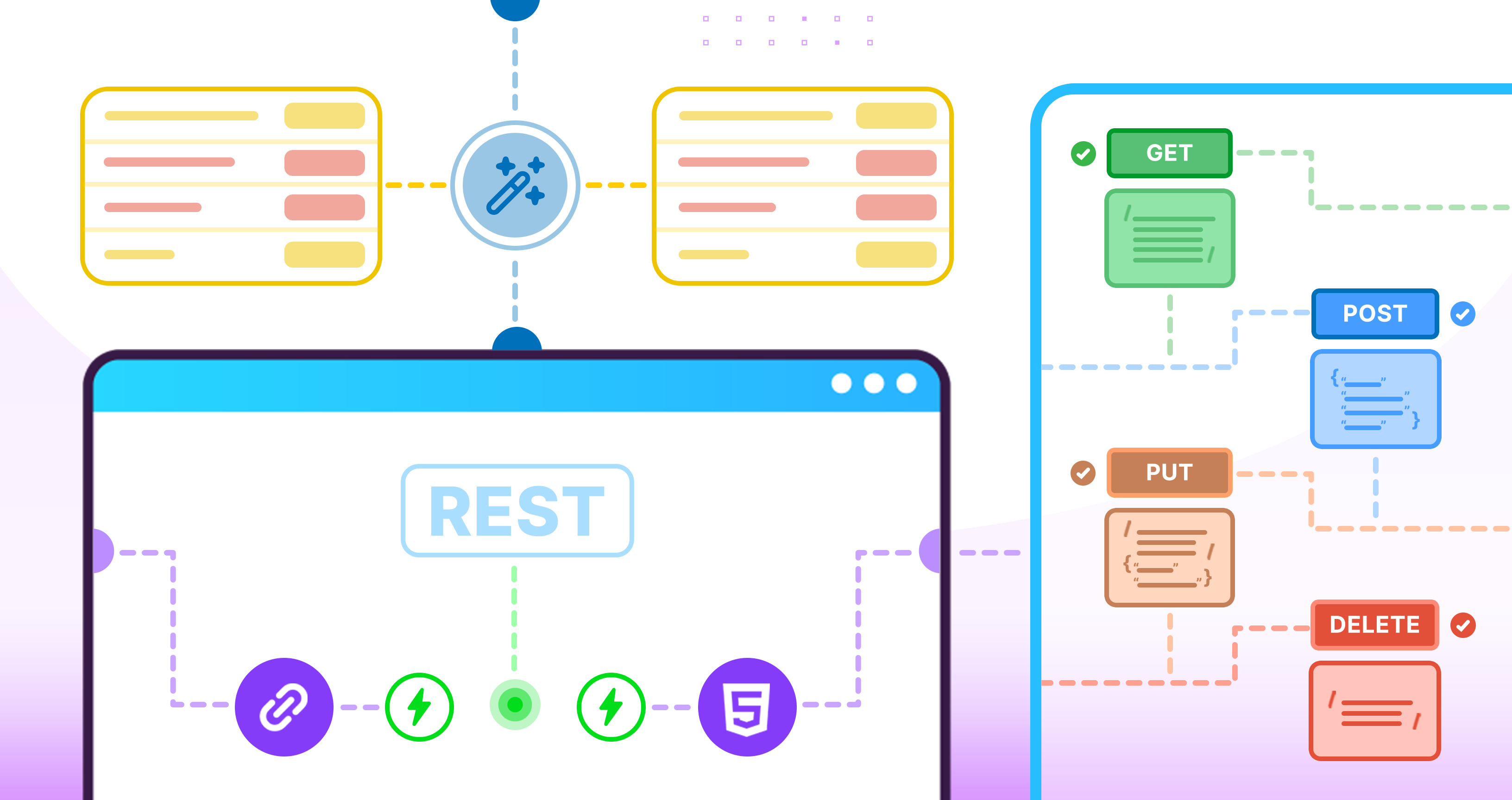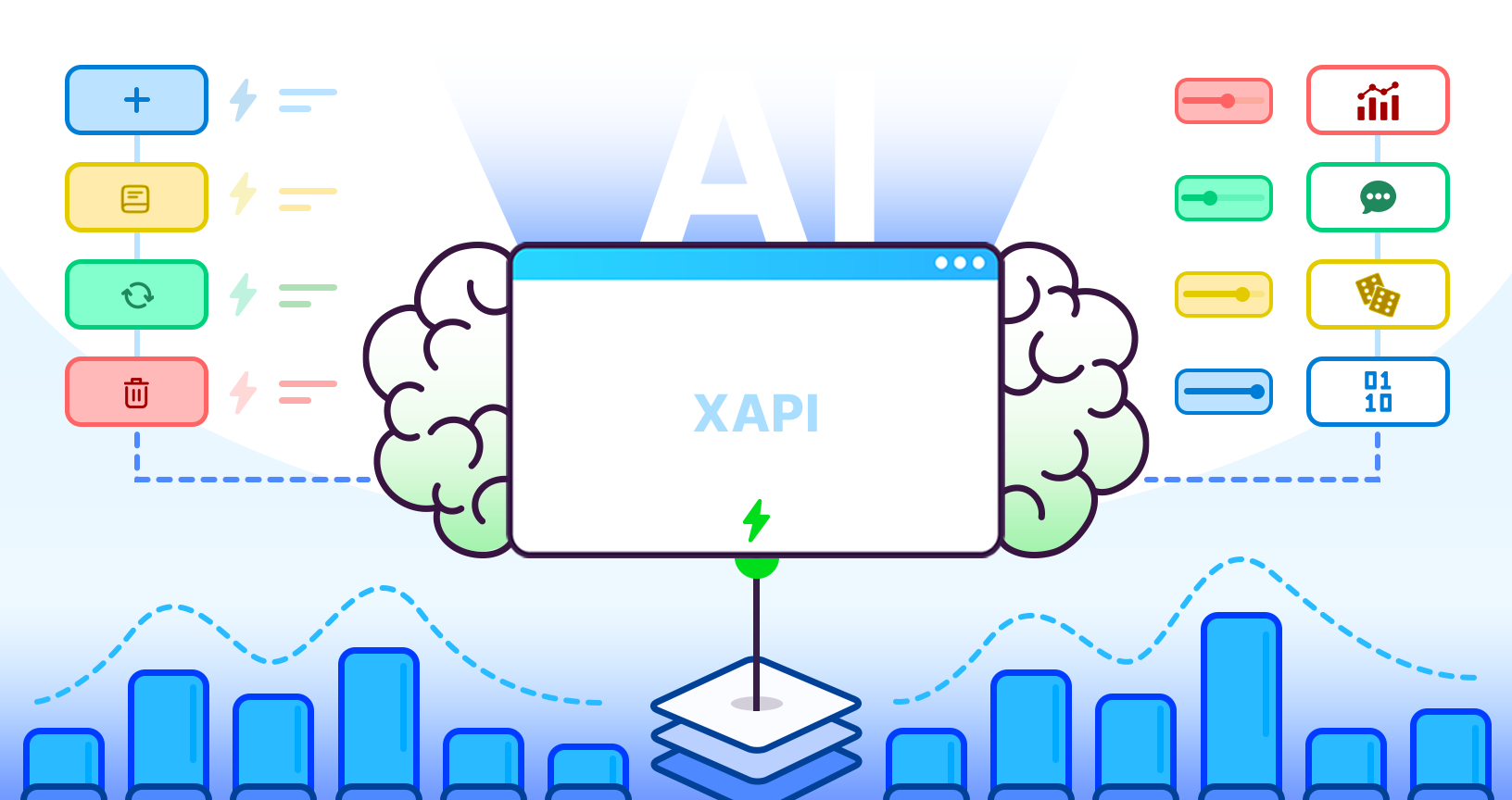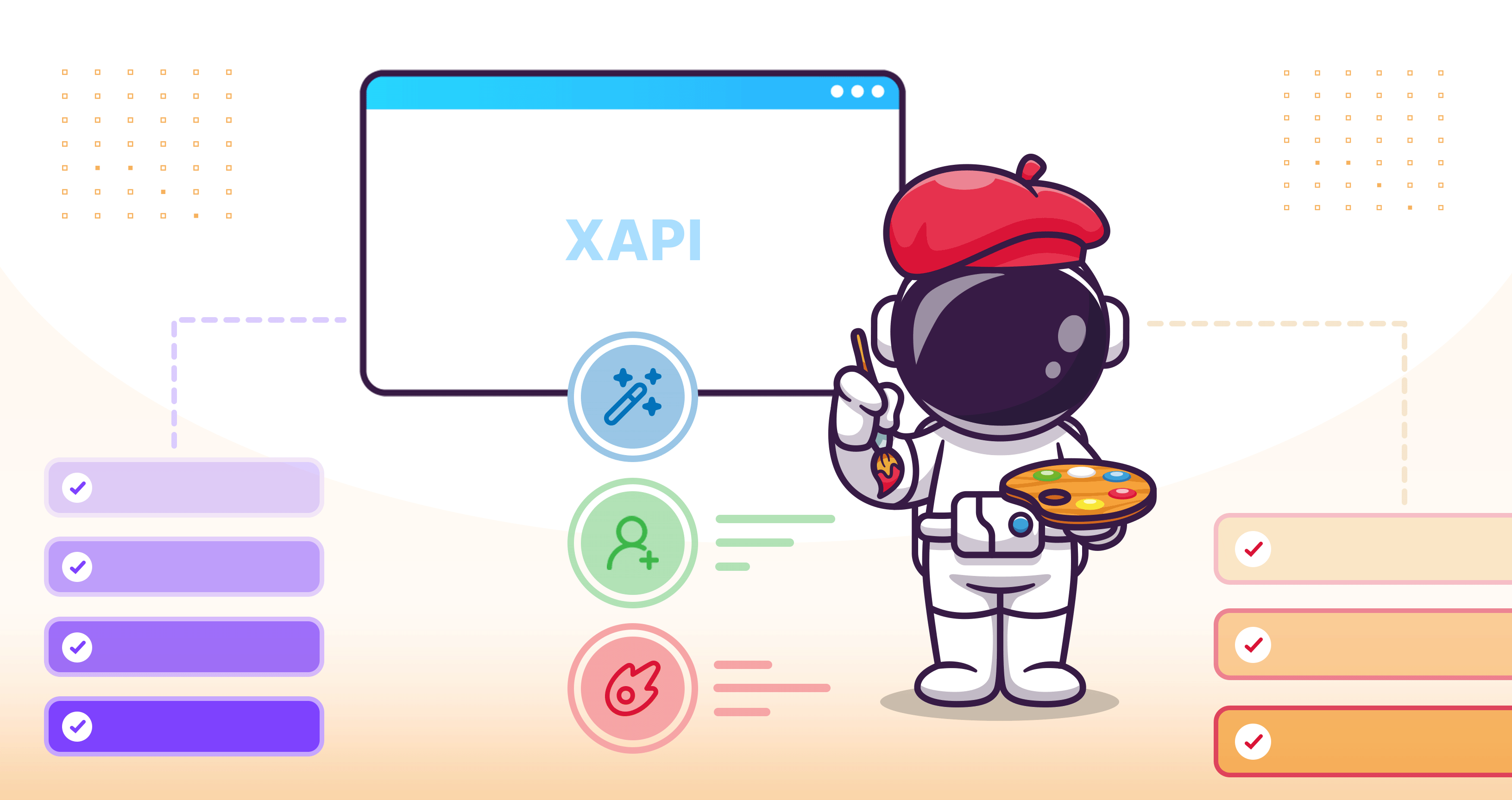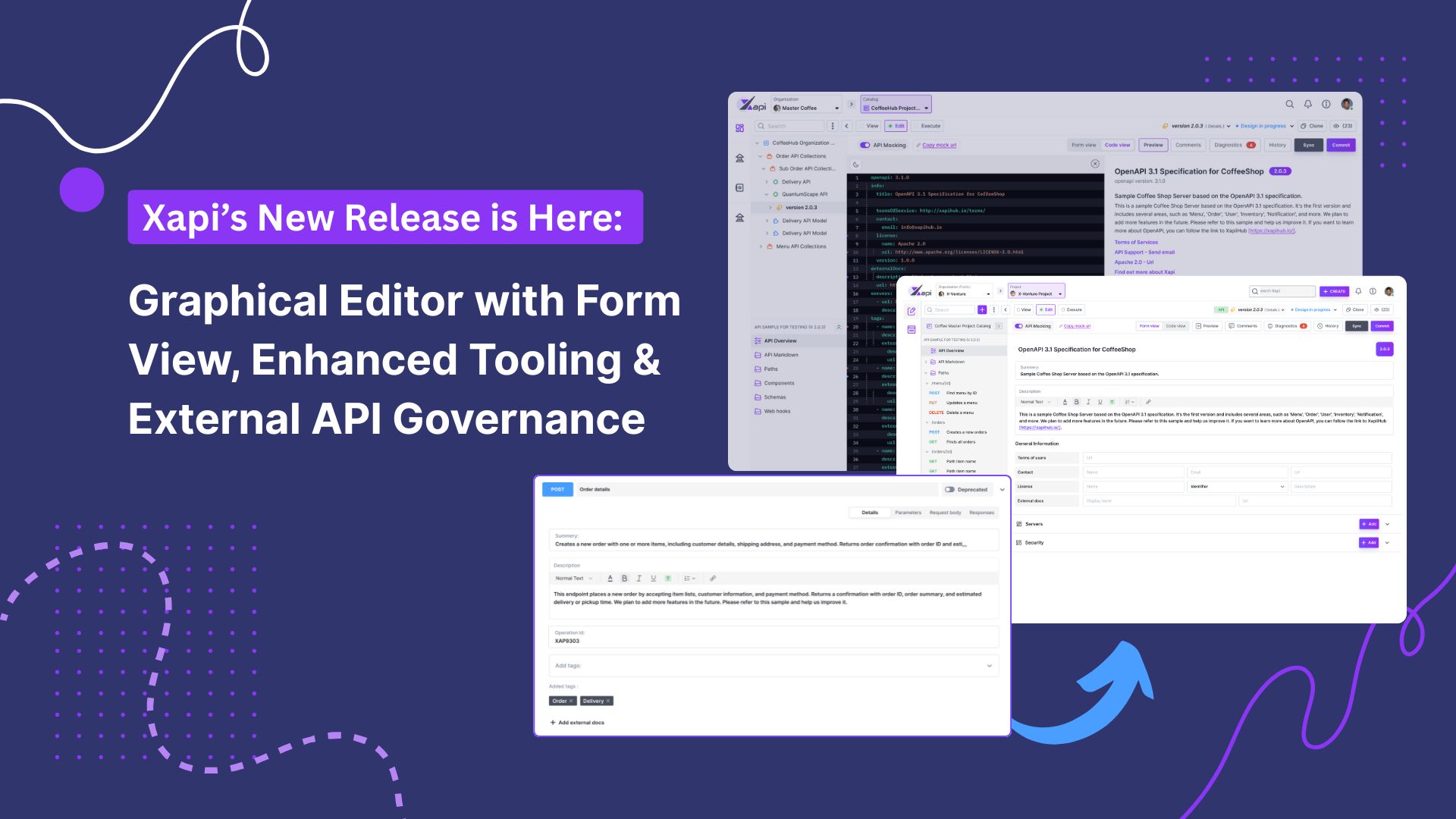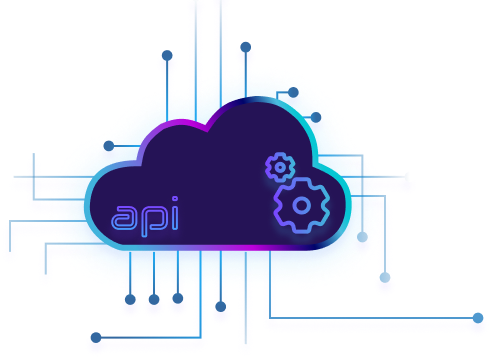Best Practices for Using API Design Tools

Farvin Lukman
27 August,2024 •
9 mins read
APIs connect various software systems. But poorly designed APIs can lead not only to frustration but also inefficiencies, and security risks. Even seasoned professionals had to go through a steep learning curve to get their APIs functioning effectively.
Today, even though we have advanced tools to utilize, many developers still face challenges in optimizing their API design.
In this article, let us explore the best practices for API design tools that will help to make APIs: not only functional-but easy to use and safe, ensuring effective API design.
Let’s first begin with understanding what an API design is.
What is an API Design?
APIs allow different software systems to interact and function together. For example, they can synchronize data between a CRM and an ERP system, connect a weather app to a live data feed, or embed a Google Map into a website. In simple words, APIs are the tools that facilitate integrations of disparate systems.
Now let’s dive into our topic of discussion. Here, we’ll cover 10 best practices you need to consider when using API design tools.
What is an API Design Tool?
An API design tool is software that helps developers and organizations plan, create, and manage APIs using the API design-first approach. It provides a structured environment for defining how APIs should function, including the endpoints, data formats, and communication methods. By using an API design tool, teams can collaborate more effectively and ensure their APIs meet industry standards.
Best Practices for Using API Design Tools
-
Understand Your API Consumers
Before moving into the technical aspects, it’s important to identify who your API consumers are and what they need. This includes developers, end-users, and even other stakeholders. Knowing your target audience helps in designing APIs that are intuitive and easy to use, ensuring a positive experience. Your API design should focus on simplifying complex processes and reducing the learning curve for developers.
For instance, imagine you're designing an API for an e-commerce platform. Your API consumers could include front-end developers creating the user interface, mobile app developers, and third-party partners integrating with your system. Each of these users will have different needs, so your design should cater to all of them.
For further reading, checkout this article on creating APIs with developer experience in mind.
-
Adopt a Design-First Approach
A design-first approach is essential for creating a well-structured API. Start by defining the API's specifications using tools like OpenAPI, Swagger, or RAML. This way, you can map out API’s endpoints, data models, and methods before writing any code, ensuring a cohesive and consistent design. Plus, by having a clear design early on, your team can collaborate better, making tweaks and improvements before any actual coding begins.
-
Use Descriptive and Consistent Naming Conventions
One of the most important API design tips is to use clear and consistent naming conventions for your endpoints, parameters, and actions. For example, use nouns for resources, e.g., /users, /products, and HTTP verbs for actions, e.g., GET, POST. Consistency in naming improves the usability and maintainability of your API, making it easier for developers to understand and use.
-
Implement Robust Security Measures
Security must always be considered as a top priority in API design strategy. Therefore, it's vital to employ some of the authentication mechanisms such as OAuth 2.0, API keys, and JWT to control access to your API. Additionally, enforce HTTPS to encrypt data in transit, ensuring that sensitive information is protected from potential threats and risks. Lastly, make sure to update your security measures regularly to minimize the risk of new threats.
To dive deeper into securing your APIs, refer to OWASP API Security Top 10.
-
Focus on Simplicity and Clarity
Avoid over-complicating your API by keeping the design as straightforward as possible. User experience plays a major role in how successful your API will be. If skilled developers find your API design challenging to use, they might either struggle through it while forming a negative opinion (and possibly sharing it online), or abandon it altogether if it's not worth the time.
Therefore, it’s important to use clear documentation, provide examples, and offer detailed error messages that guide users in troubleshooting. Simplicity in design not only improves the user experience but also reduces the chances of errors and misuse.
-
Version Your API
As your API evolves, you’ll need to introduce changes in a way that it doesn’t disrupt existing users. Implementing a versioning strategy can help manage these changes effectively. Common methods include URI versioning, e.g., /v1/users, or using custom headers to specify the API version. Also, versioning allows you to introduce new features or deprecate old ones without forcing immediate changes on your users.
-
Optimize for Performance
Optimize your API by minimizing the payload size, using efficient data structures, and reducing the number of API calls required to perform a task. Implement caching strategies where appropriate to reduce server load and improve response times. Regular performance testing can help identify bottlenecks and areas for improvement.
-
Provide Comprehensive Documentation
You can create interactive and up-to-date documentation with tools like Xapi, Swagger, Stoplight.io. Remember, your documentation should cover every aspect of the API, including endpoint descriptions, data models, authentication methods, and error handling procedures. Note that API documentation has significant impact on consumers, and its quality can be directly correlated with the overall success of the API.
-
Implement Effective Error Handling
This is essential for a positive user experience. Ensure that your API returns meaningful and consistent error messages using standard HTTP status codes. For instance, return 404 Not Found when an endpoint doesn’t exist, or 400 Bad Request for invalid input. Providing detailed error messages can help developers quickly identify and resolve issues, reducing their time spent on analyzing errors.
-
Make Sure to Use the Right API Management Tools
All the above-mentioned points don’t matter unless you have the right tool to design your API. Today, there are hundreds of software tools to assist in API design and development.
Xapi provides an integrated platform to design, manage, and govern your APIs, ensuring that your API not only scales effectively but also adhere to best practices and organizational standards.
Conclusion
Designing an API isn't easy—it takes thoughtful planning and careful execution. But by sticking to the best practices for using API design tools, you can build APIs that are secure, scalable, and user-friendly. Whether you're working with RESTful APIs, GraphQL, or gRPC, these API design strategies will help you deliver industry standard APIs that meet your users' needs.
If you are looking for a tool that makes the API design process hassle free while keeping you on track with best practices, check out Xapi. It’s built to help you create, manage, and optimize APIs with ease.
Give Xapi a try today and elevate your API design to the next level!

Farvin Lukman
Digital Marketing Intern at X-Venture



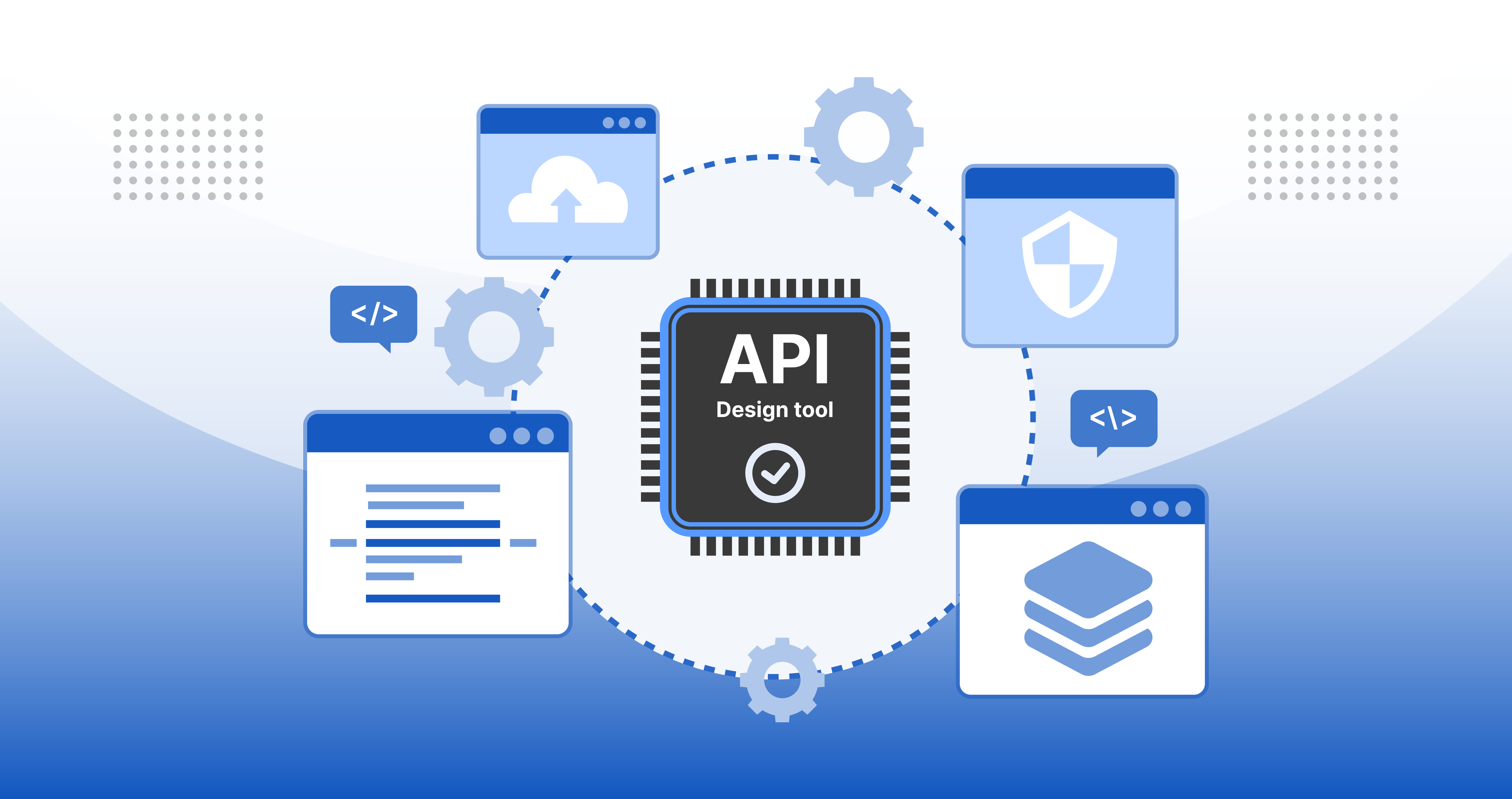



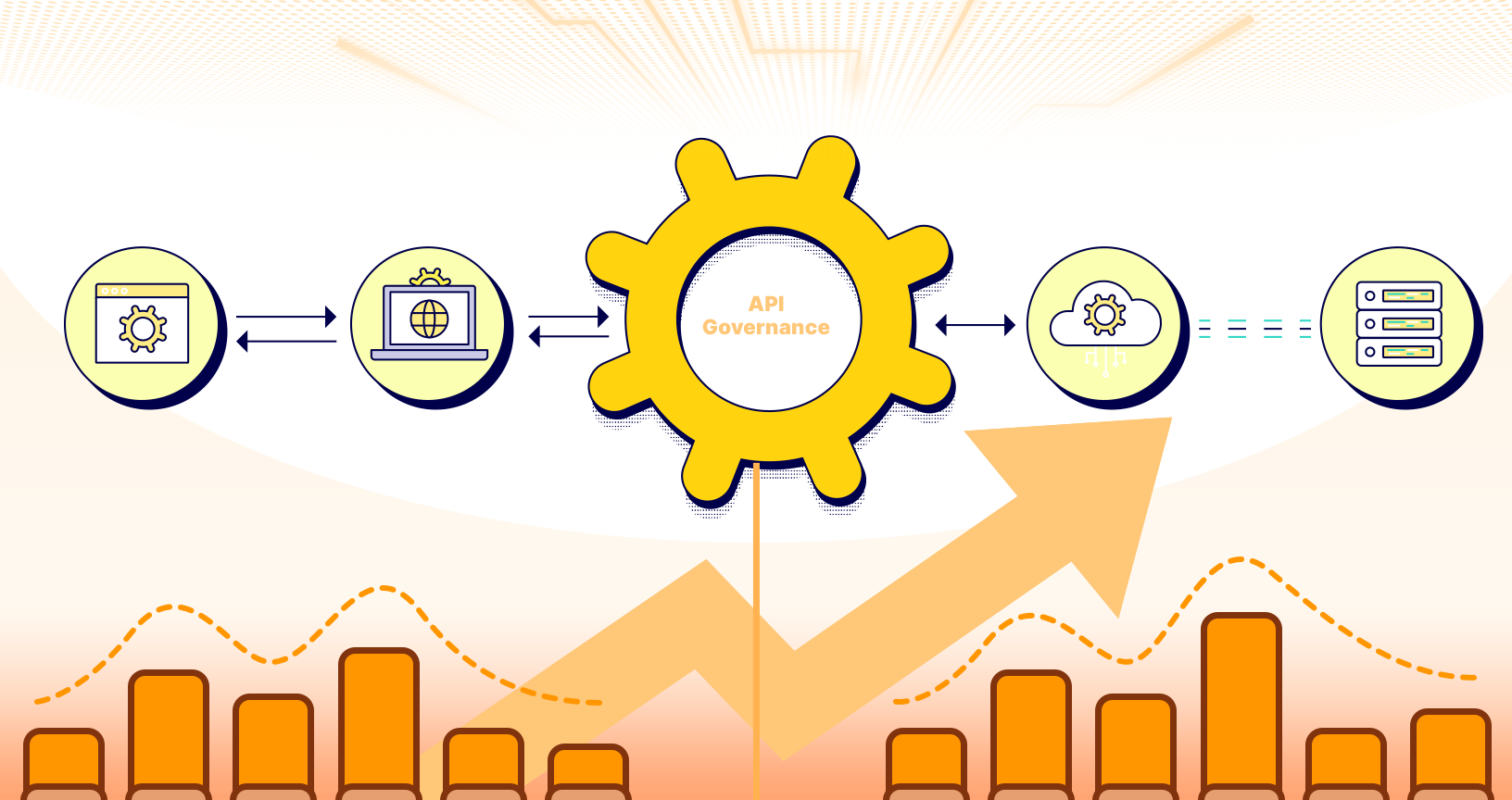
.jpg)

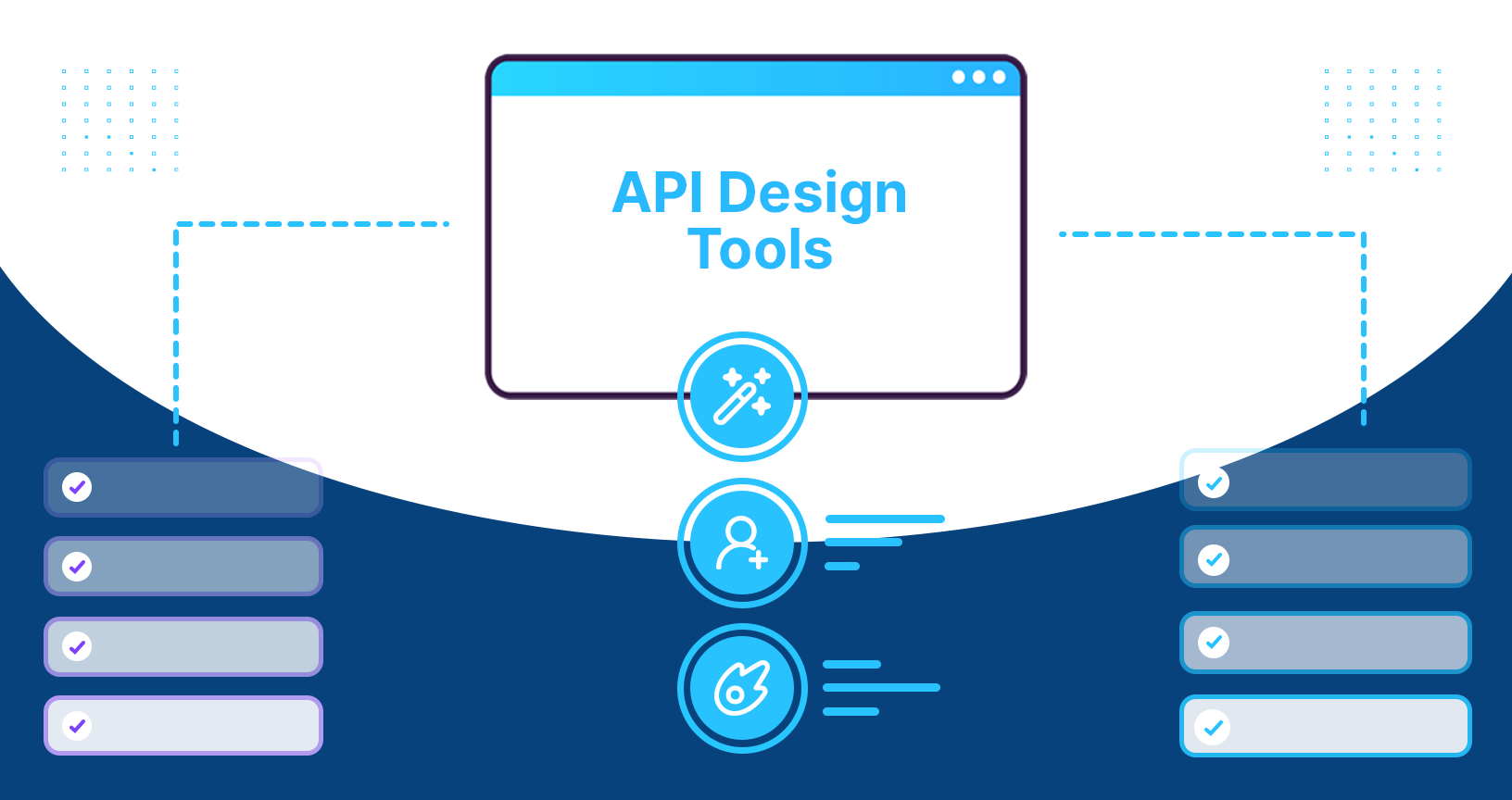

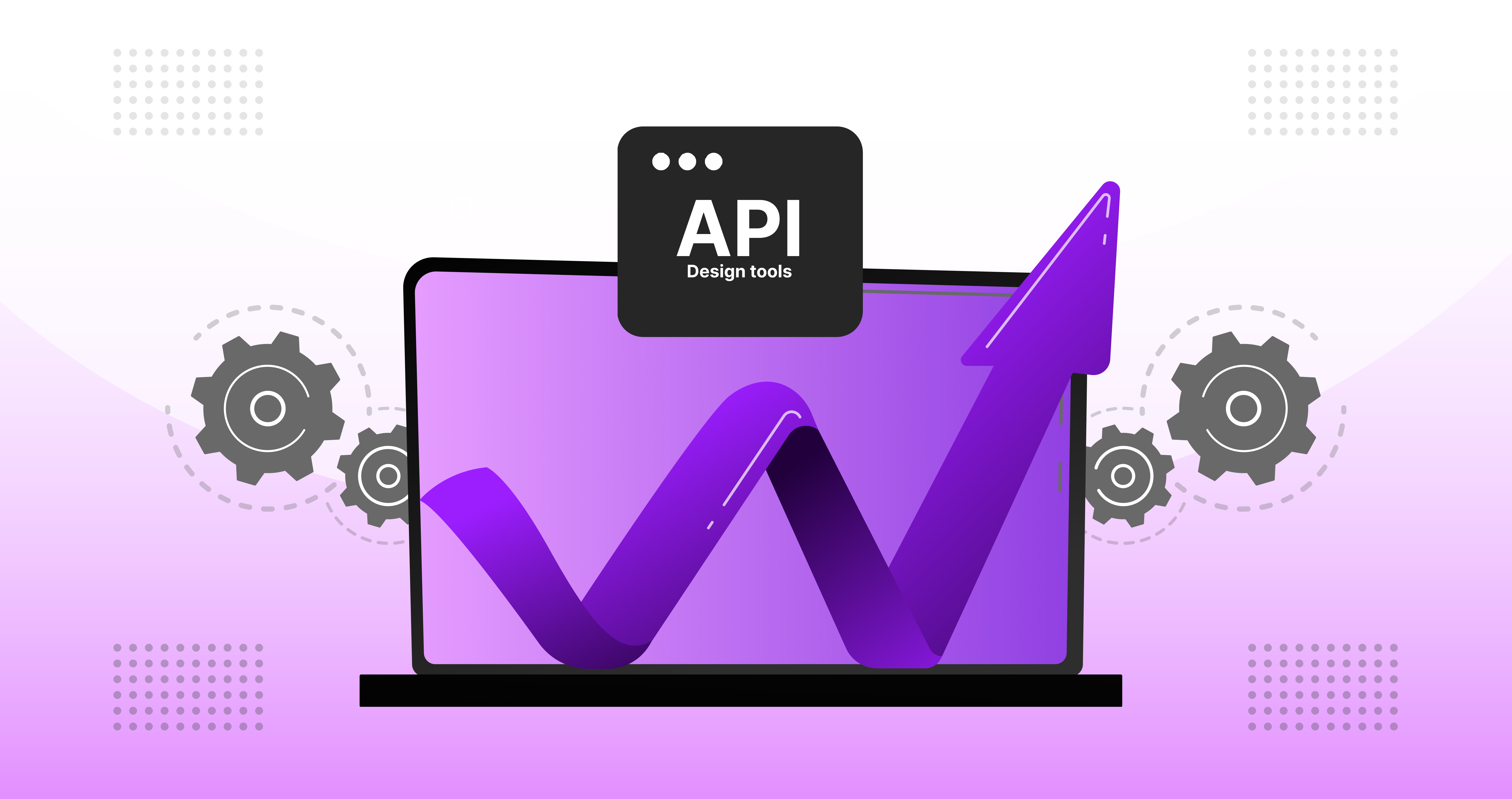

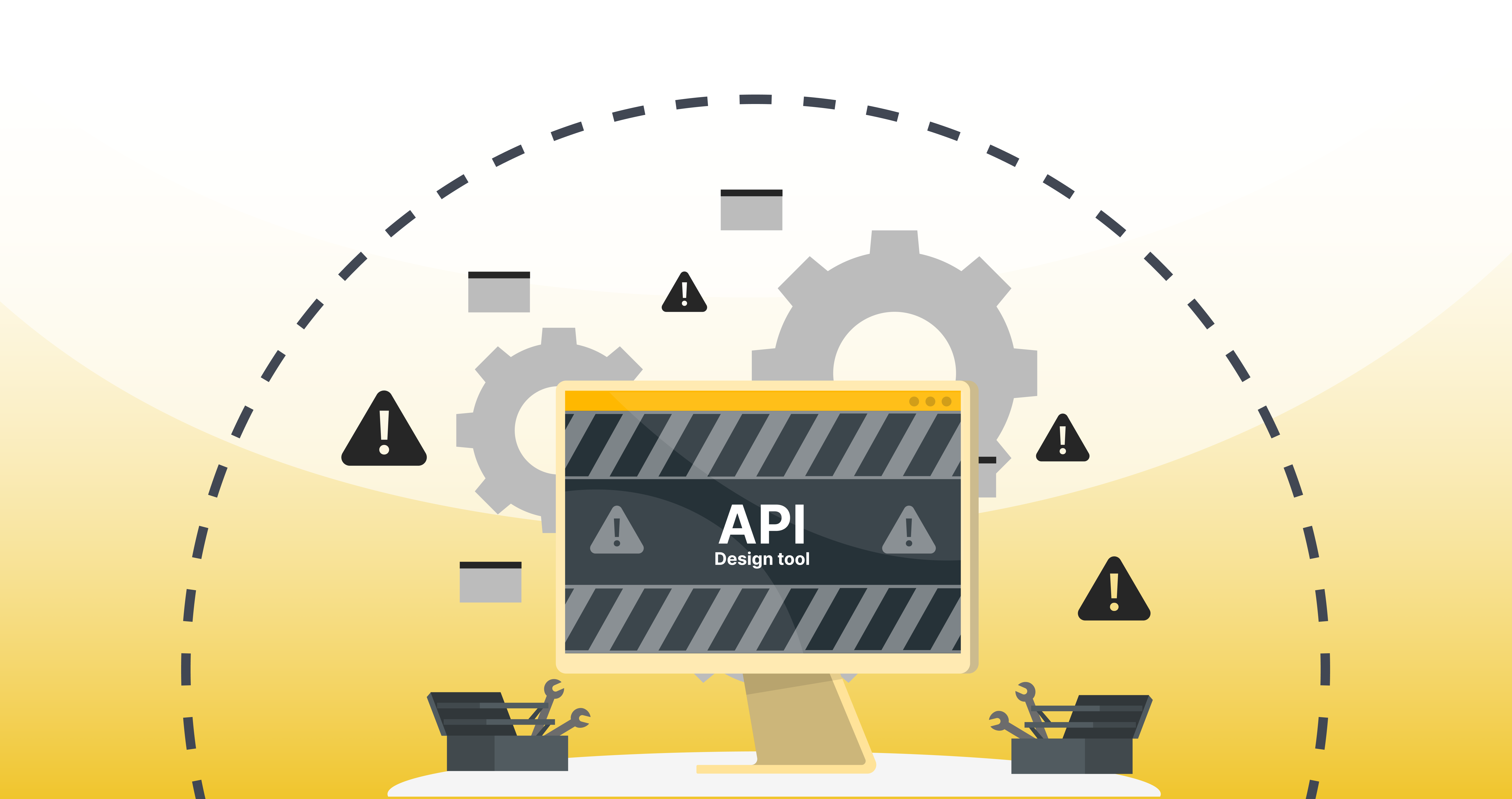

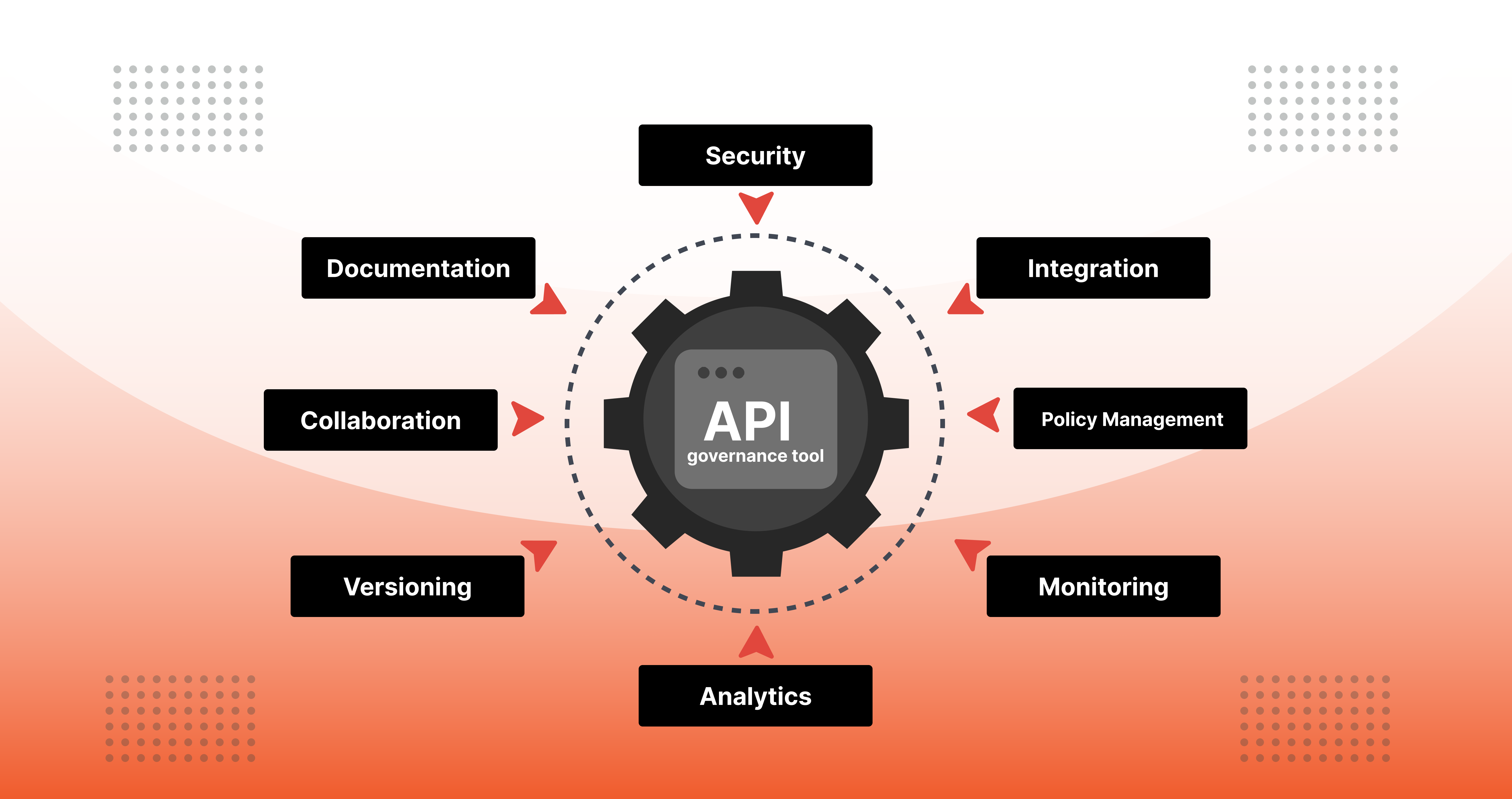

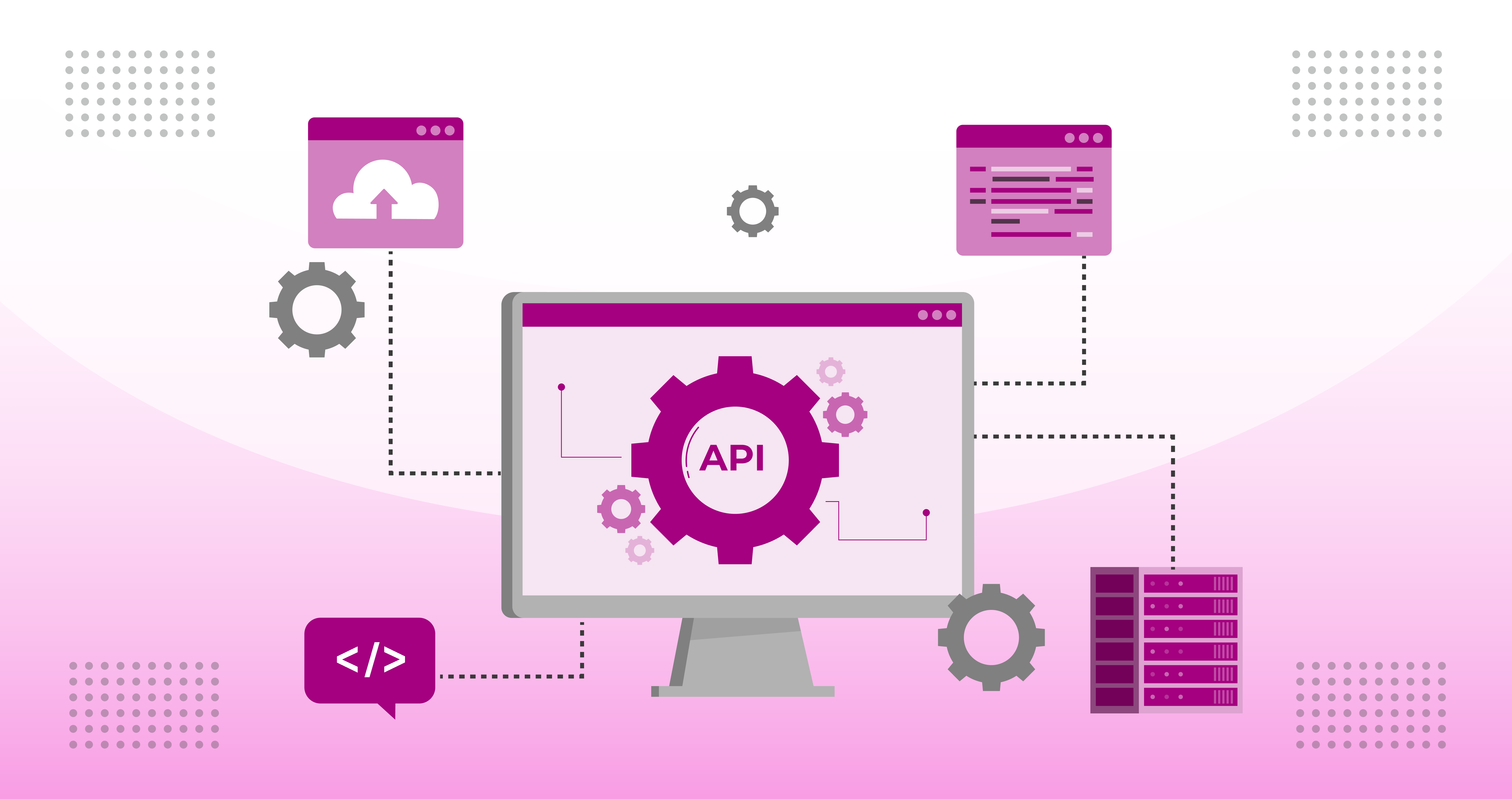

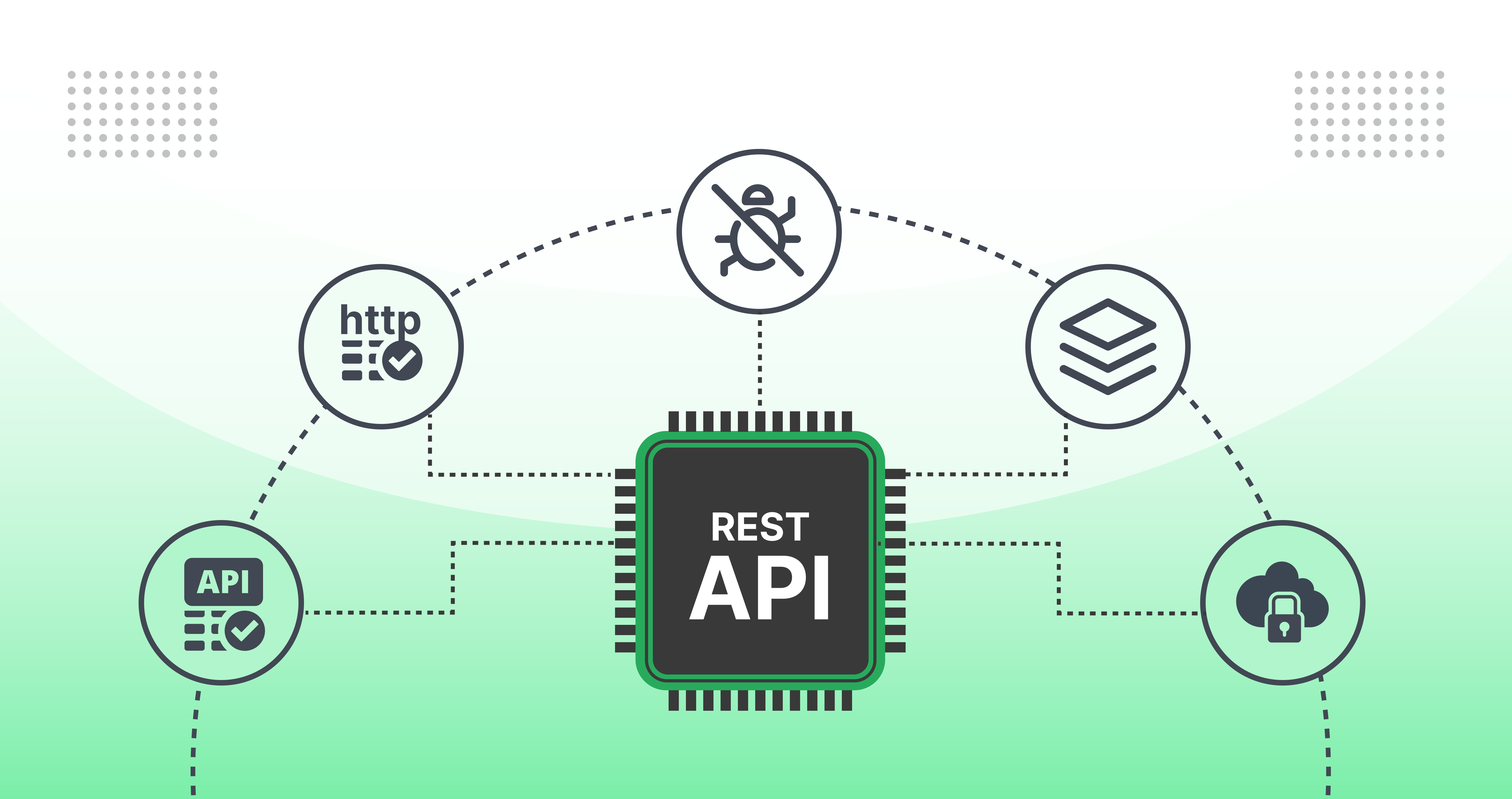

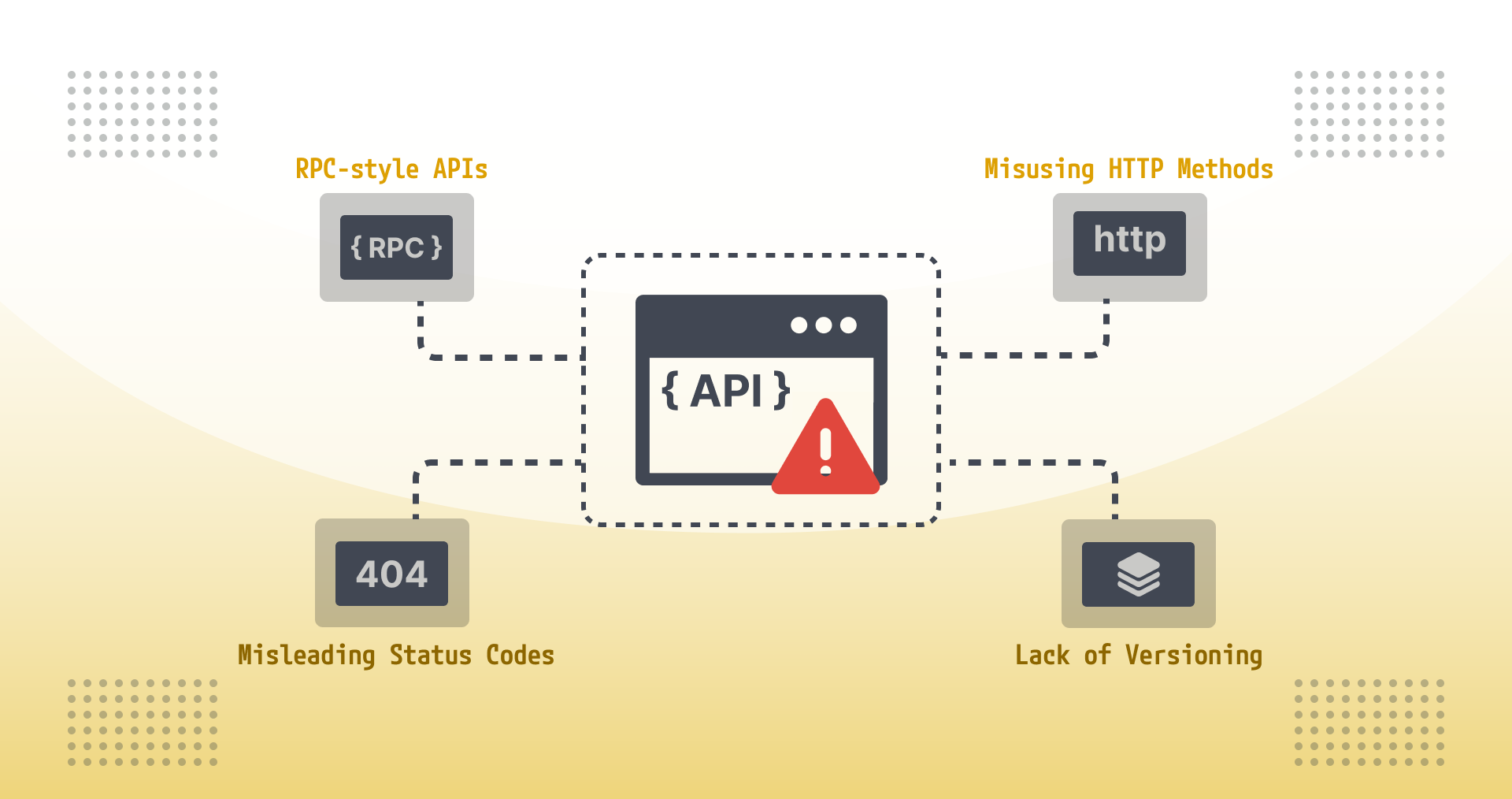



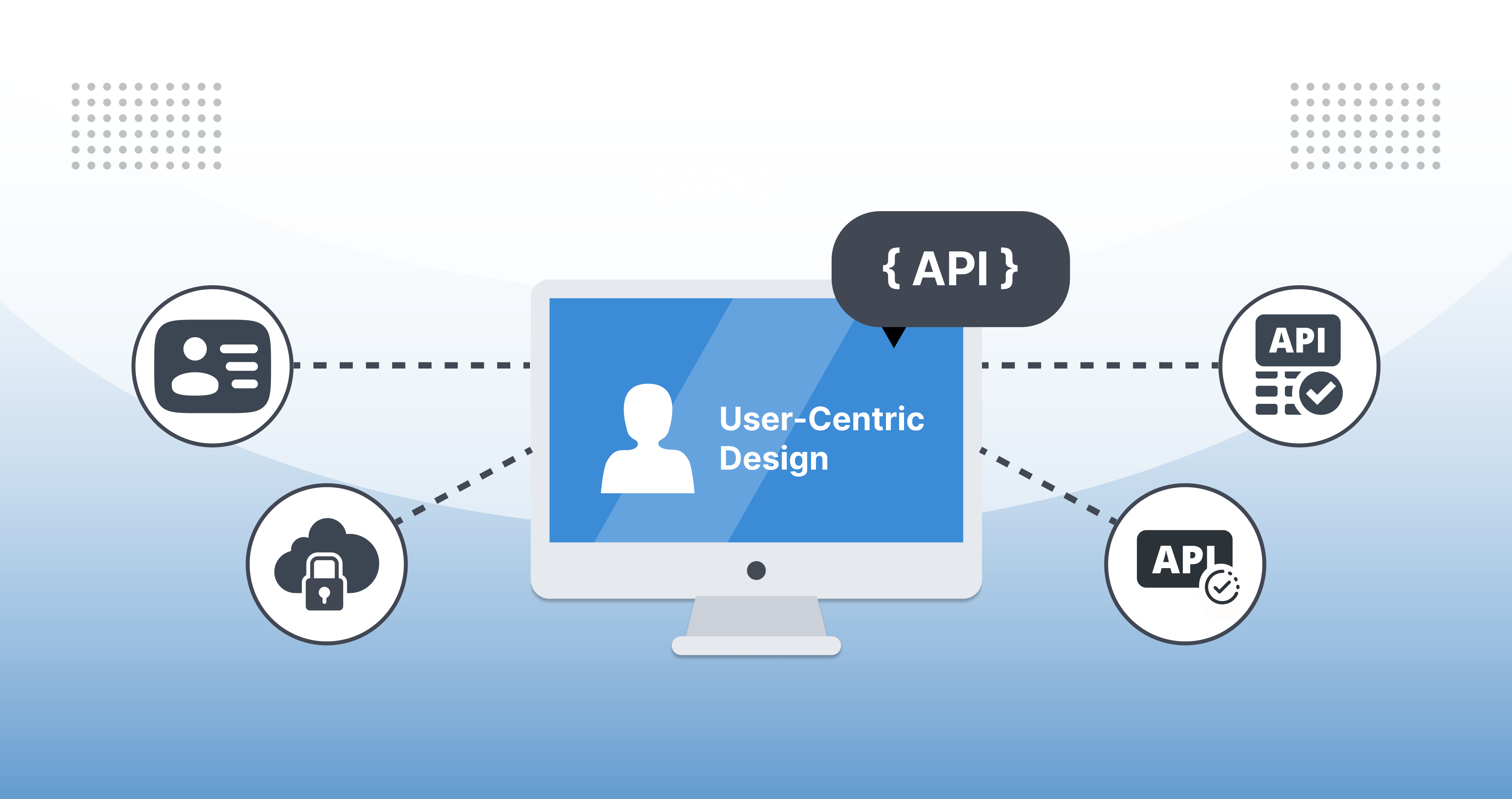
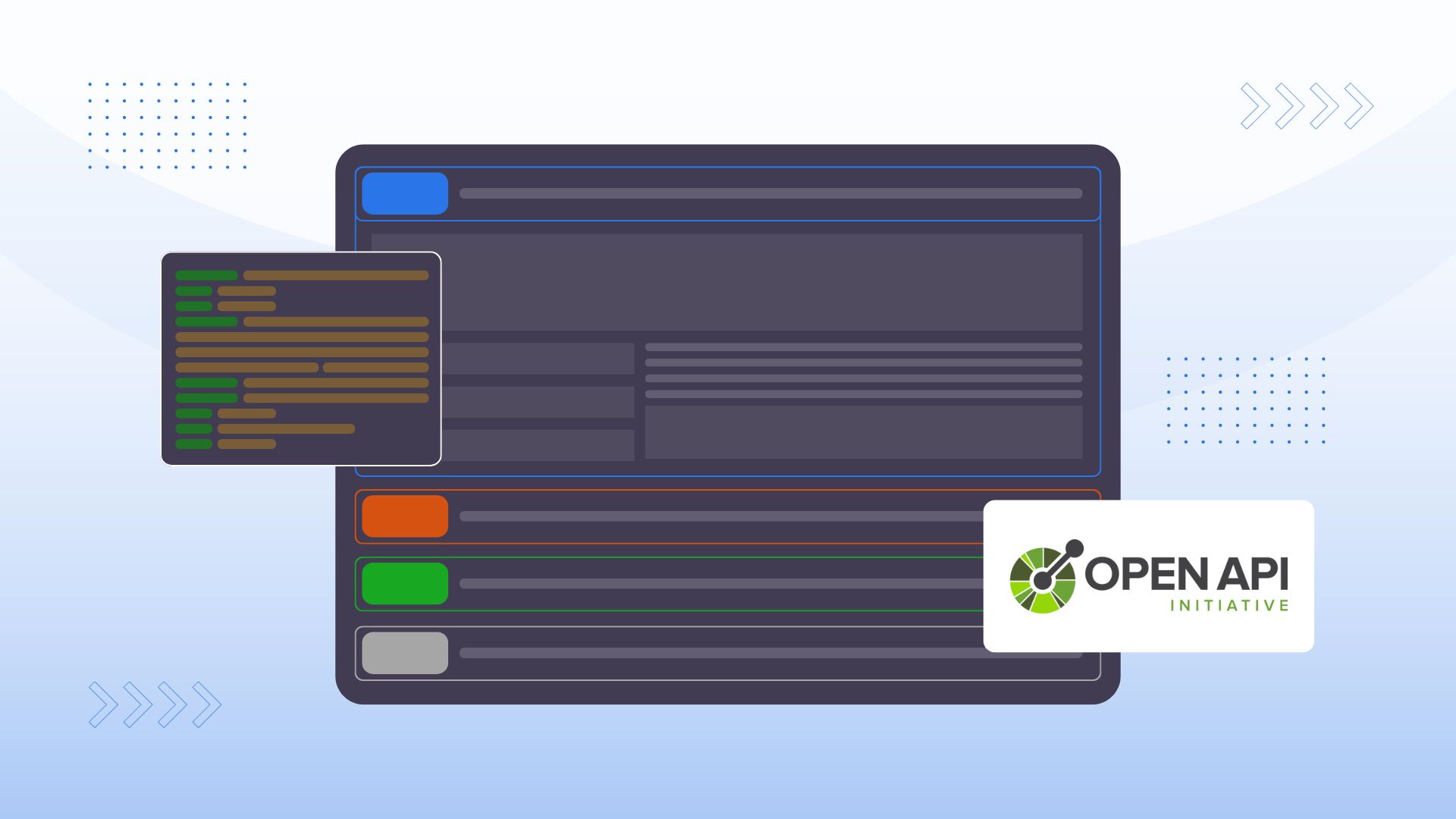
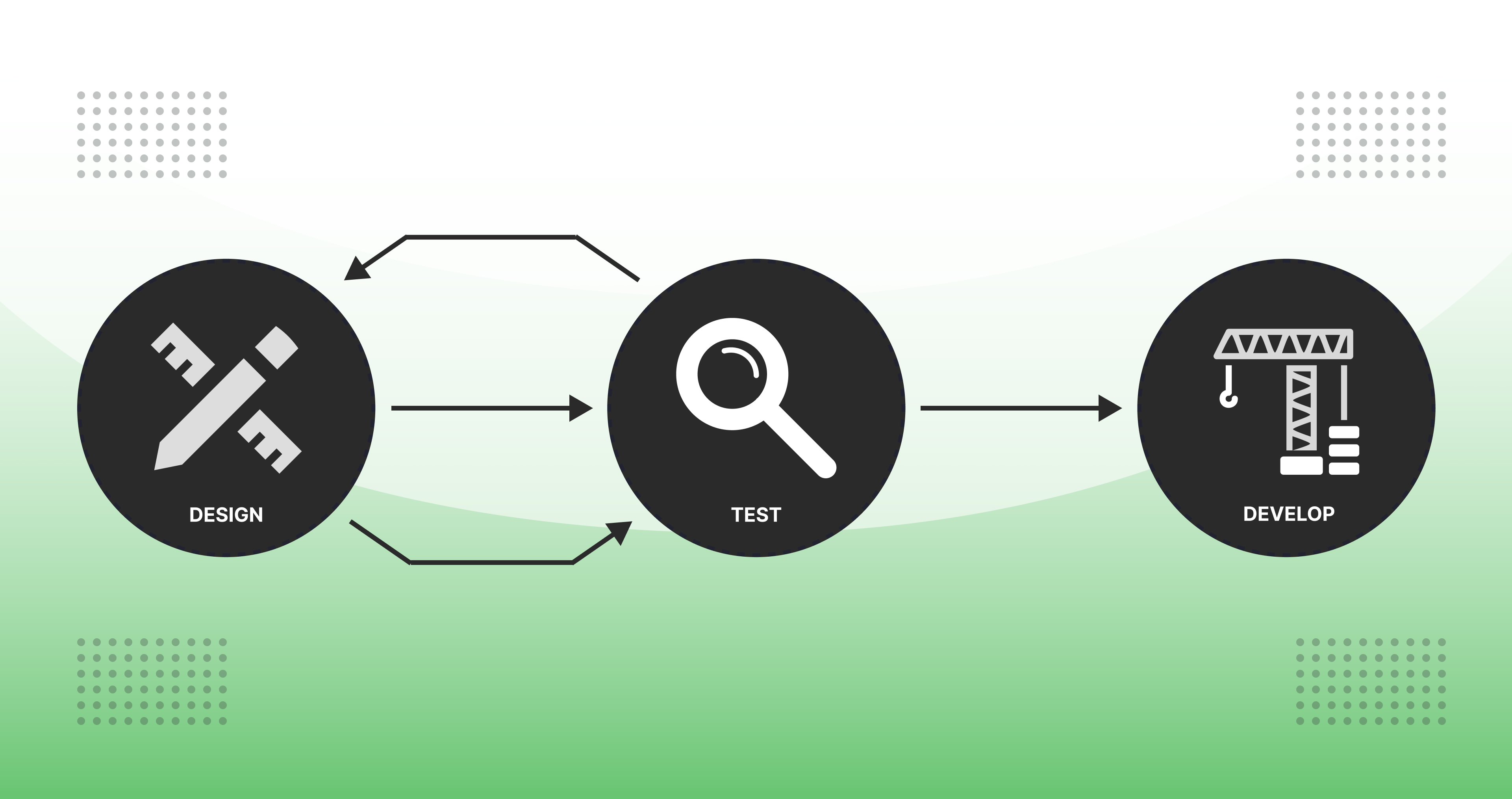
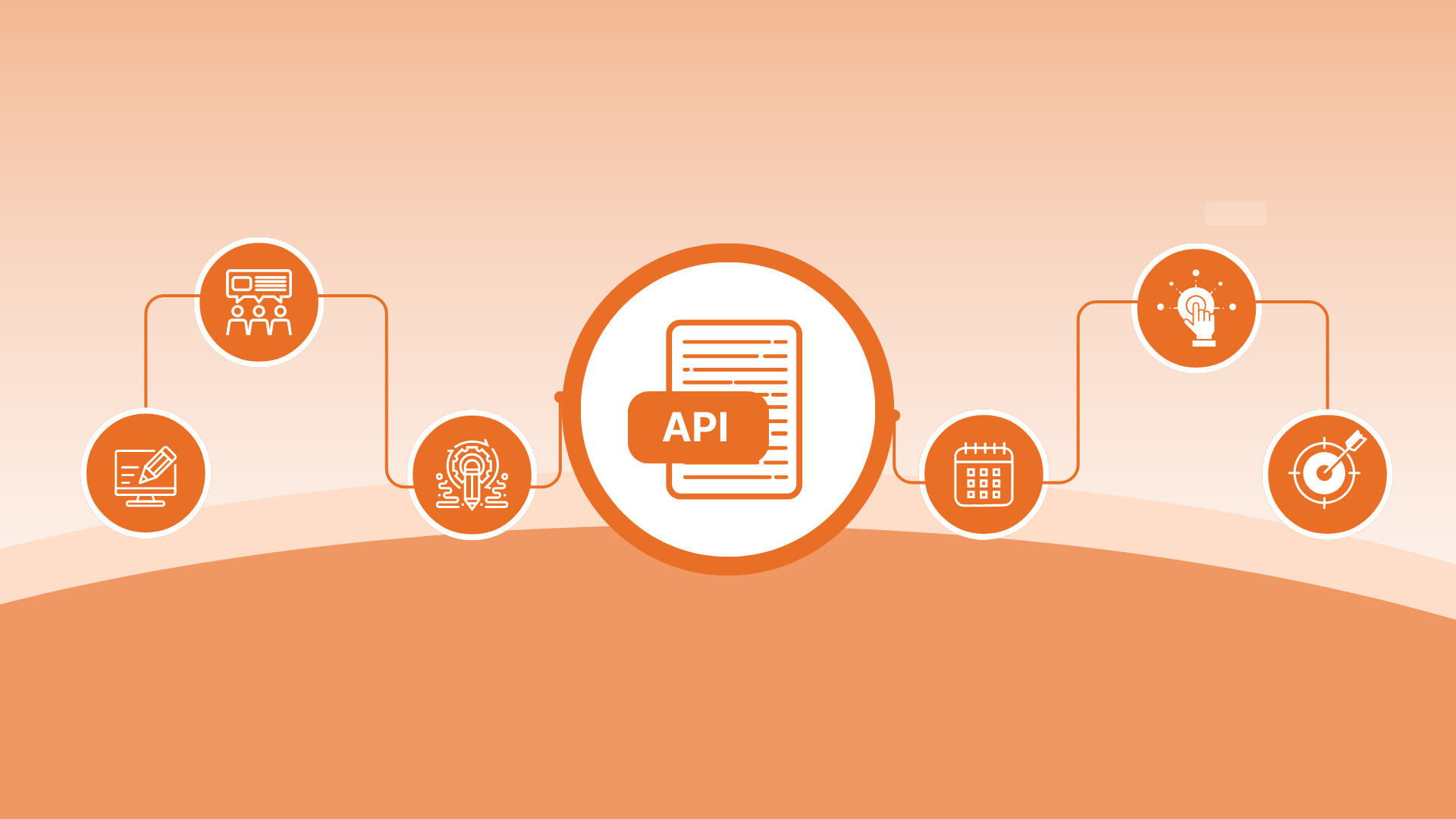
.jpg)
